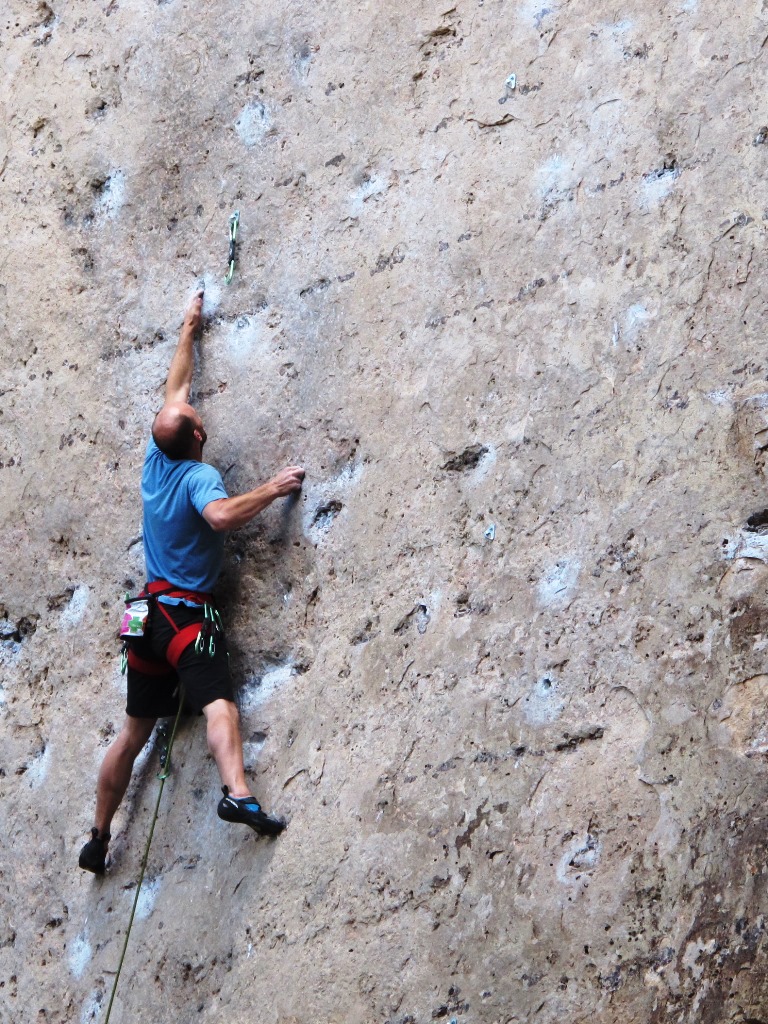In climbing what do the terms Redpoint, Pinkpoint, Flash and Onsight mean?
Where does it come from?
In climbing what do the terms Redpoint, Pinkpoint, Flash and Onsight mean?
Where does it come from?
The two terms specifically refer to the finer aesthetics of Lead Climbing, in which a climber will either create intermediate anchors using gear (referred to as traditional climbing), or will use the bolted anchors on a wall (referred to as sport climbing), and clip the rope to them as he/she ascends for protection.
To understand the two terms, you will need to understand some other terms first: Onsight, and Flash.
If you fall or rest on the rope (held by your belayer) during your first attempt to flash or on-sight a route, but know that you could have done better, you may decide to try again after coming down.
Pinkpoint: A successful second, third, or twentieth attempt to climb the route from start to finish, without either falling or resting on the rope, but with gear pre-placed on the wall, will net you the pinkpoint, hi-five!
Redpoint: Lastly, the redpoint, which is only slightly different to the pinkpoint, refers to climbing the route in exactly the same way, but while having to place the gear to protect the route as you ascend. If you managed to do this, you have redpointed the route, double hi-five!
The difference between redpoint and pinkpoint can seem subtle, so here is a picture from Alli Rainey's site to better explain. The route he is climbing on the left side already has some quick-draws in place to clip to, the route to his right however, does not. A climber going up the right side of the picture would have to take quick-draws with to attach to these hangers.

The term redpoint originates from German climber Kurt Albert in the 70's. He painted a red-circle at the base of a climb which he later filled in once successfully free-climbing the entire route.